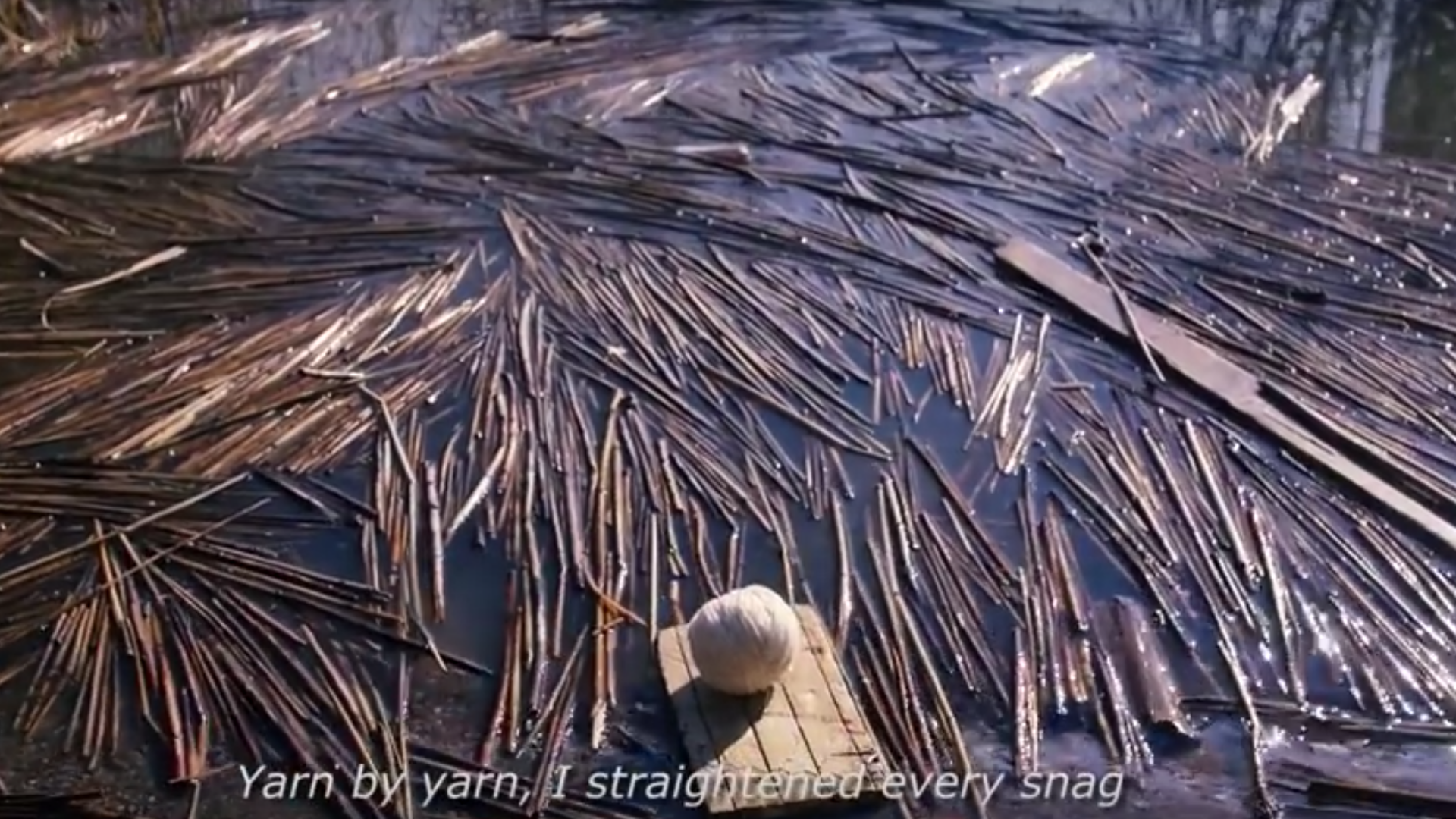The making-of: An autoethnographic cinema on the meanings of contemporary craft practicing for a young hobbyist is a published essay by crafts practitioner Anna Kouhia. In this essay Kouhia speaks of personal knitting practices and the production of an autoethnographic film reflecting personal experiences as a crafts hobbyist, this is done in reference to the Finnish Crafts in Our Lives competition set in 2013. The essay covers a breakdown of how Kouhia used personal reflection to develop a short film which demonstrates the processes and skills of knitting as a result of having embraced crafts through the use of new tools and technologies. In review of the “Nana” movement and the rebirth of traditional craft practices, Kouhia looks at how ‘the enthusiasm for ethically conscious counter-cultural consumption has been increasing over the past two decades in the West’ [1](Kouhia 2015) in contrast to the Do-It-Yourself attitude adapted through traditional craft making.
The paper goes on to discuss the processes behind the development of the autoethnographic film and how the visual project allows critical reviewing and reflection of own learning and becoming through the assistance of camera. In reflection to this, Kouhia goes on to speak how ‘the film does not capture reality, but narrates (and reconstructs) the story with cinematic technology’ (Kouhia2015) meaning that the film only reflects selected visual documentations of lived events but does not portray the entire process of the crafts in focus. This states that the film which is being exposed to public is a glorified visual production of the selected subject, meaning the viewers are not exposed to the entire truth of the practice but to a constructed visual that creates an untrue outlook of Kouhia’s crafts practise.
Although having achieved a professional background in textiles Kohia approaches crafts ‘as a personal expolration instead of a problematized domesticated action’ (Kouhia 2015). This is something that is rather questionable as amateurs and a hobbyists are often considered to be an individual of a non-professional background. Through the view of a digital devotee, Clay Shriky considers the position of amateur bloggers quoting that “Amateurs do what they do for the love of it. They are not tainted by commercial interests” (Clay Shirky 2009) which does reflect the pleasurable and non-profitable take on Kohia’s practices but her professional background of the field denies the entitlement of amateurism. The development of a film in itself reflects the commitment and the interest invested into this practice which is influenced by professional and academic knowledge. Although the film is an autoethnographic production and not an advertorial film through intent, it still promotes the crafts, the artist and the rebellion of counter-cultural consumption idealisation of the practitioner.
[1] Kouhia, Anna. “The Making-Of: An Autoethnographic Cinema on the Meanings of Contemporary Craft Practicing for a Young Hobbyist.” Textile, vol. 13, no. 3, 2015, pp. 266–283., doi:10.1080/14759756.2015.1084788.
